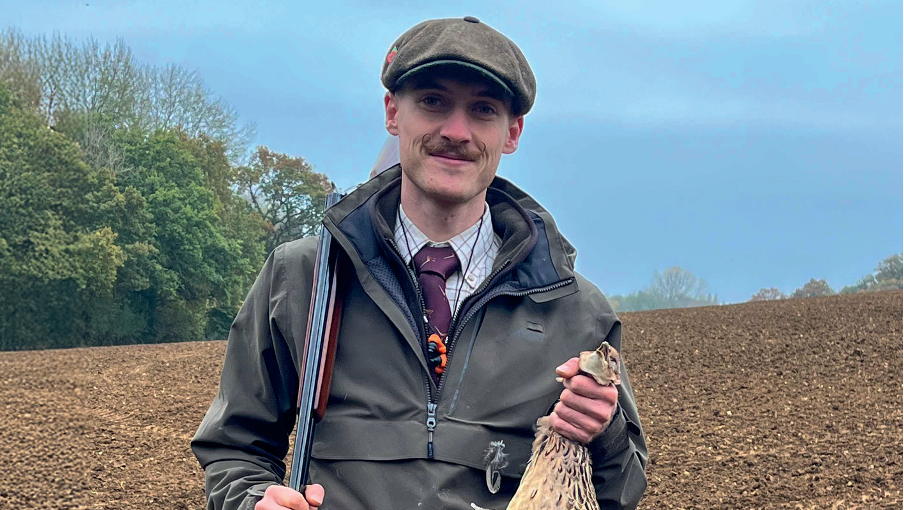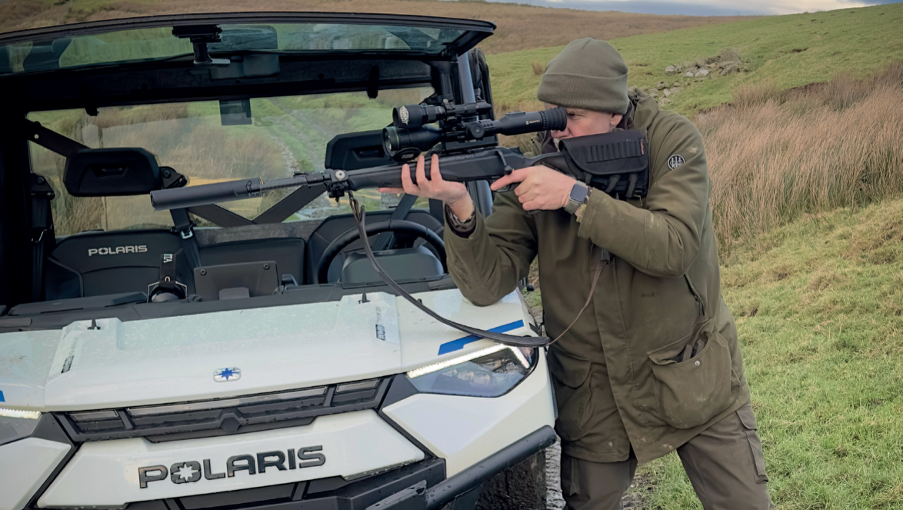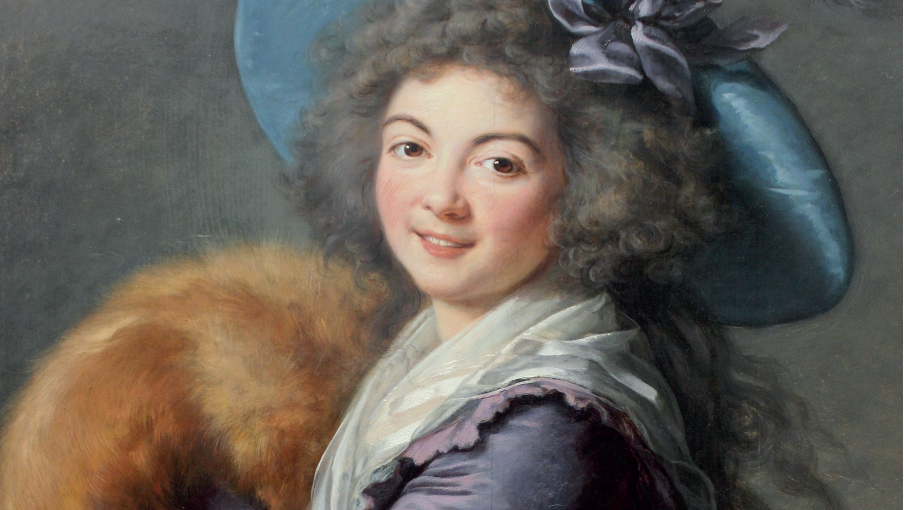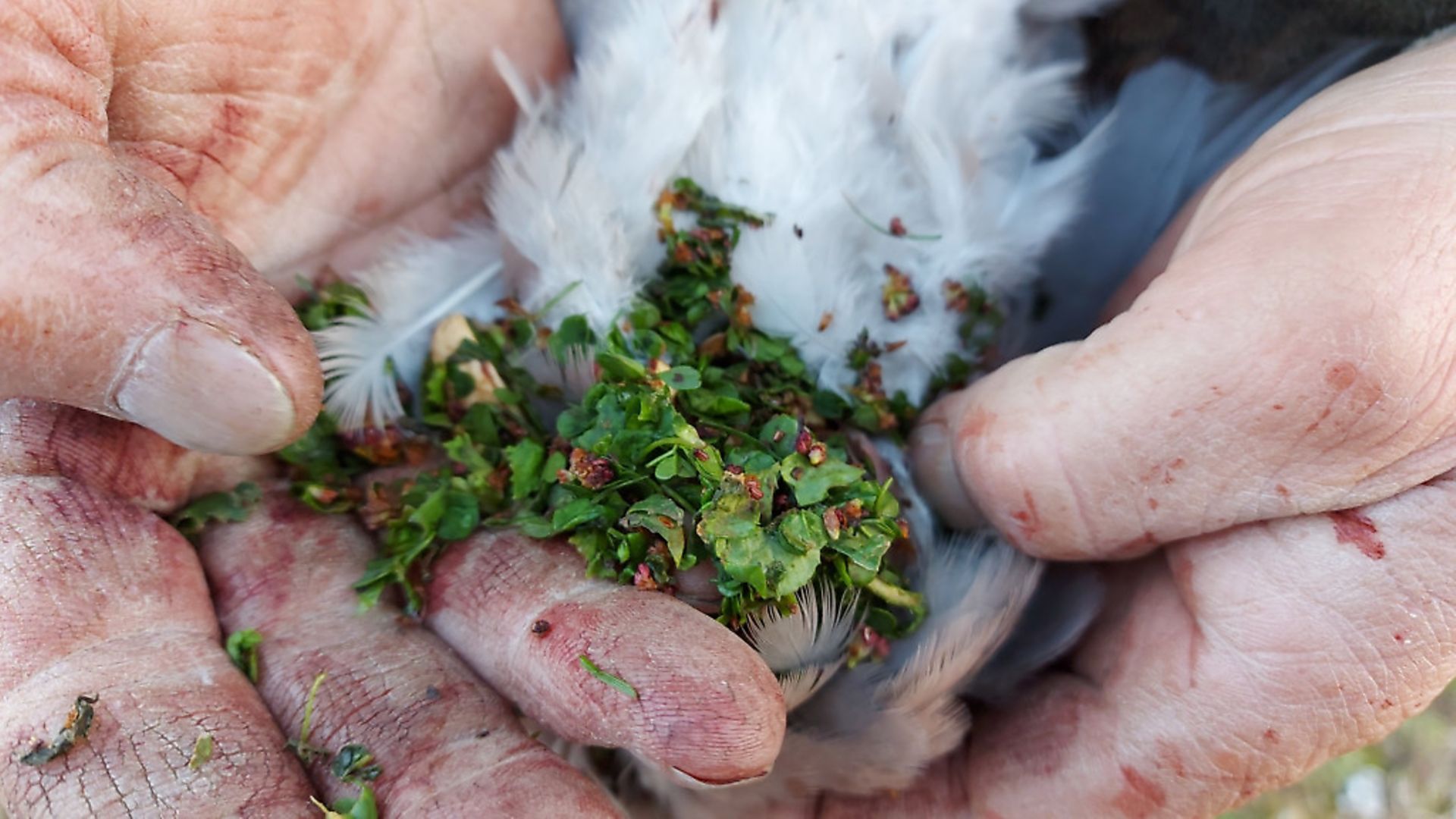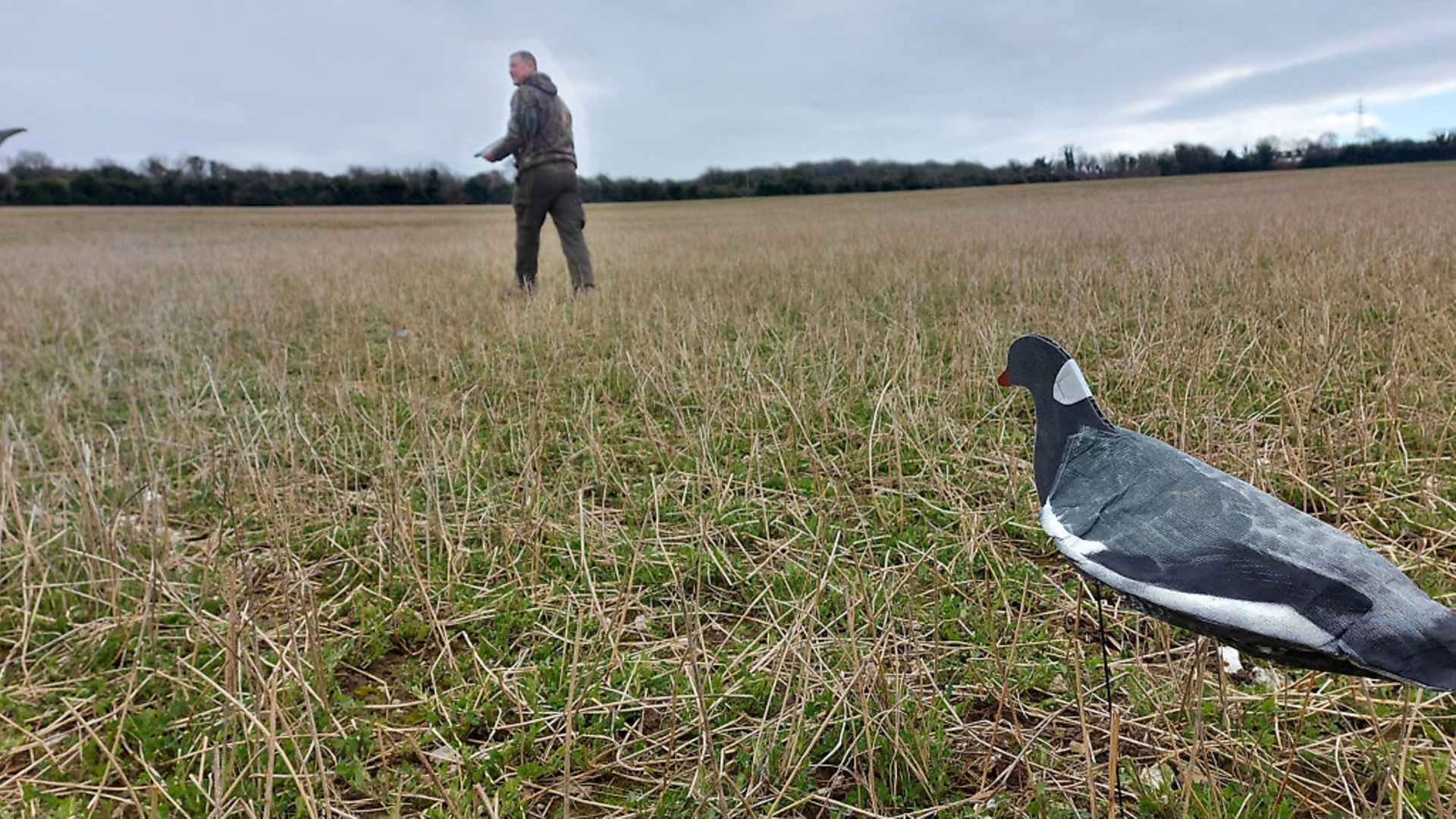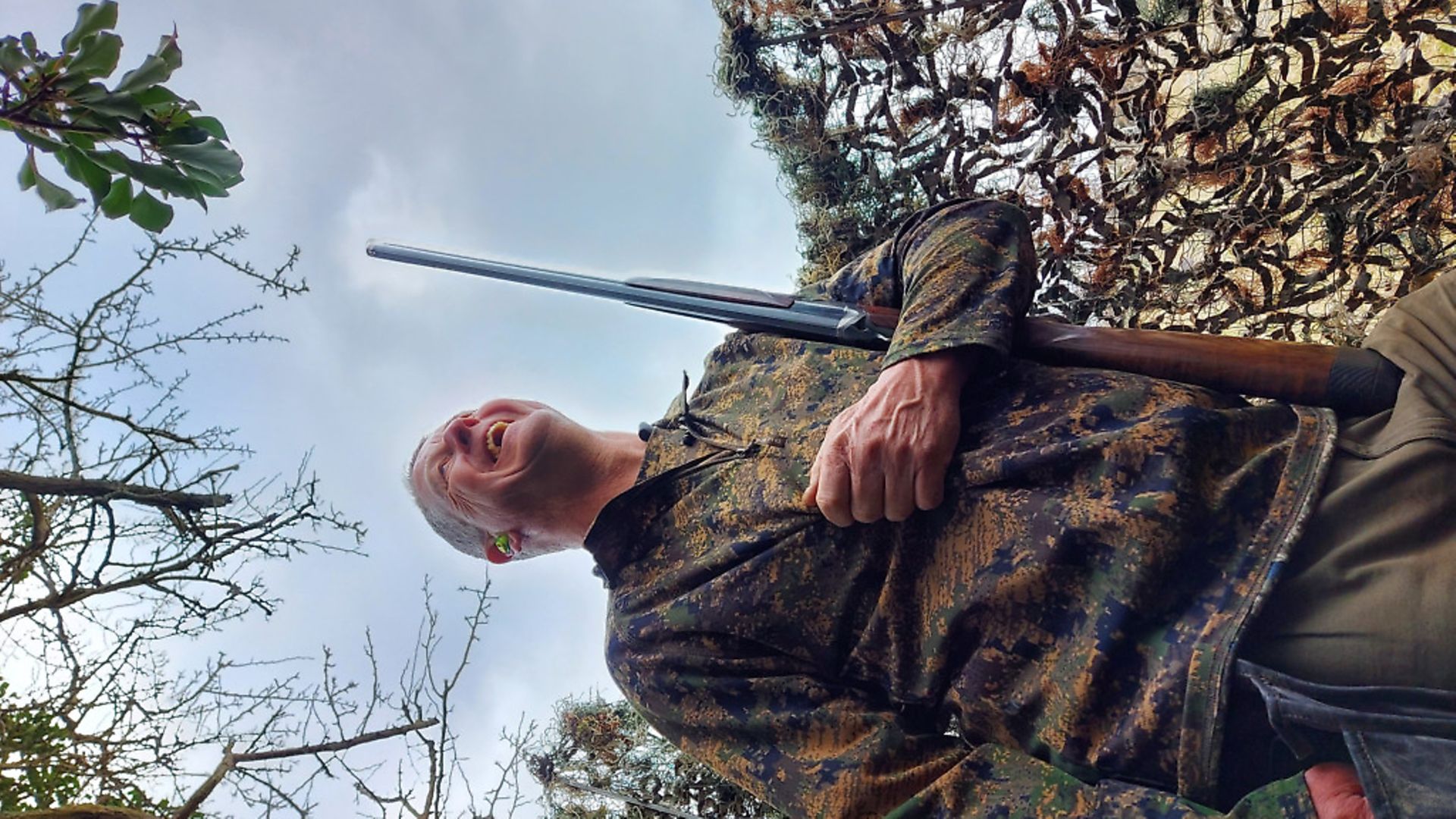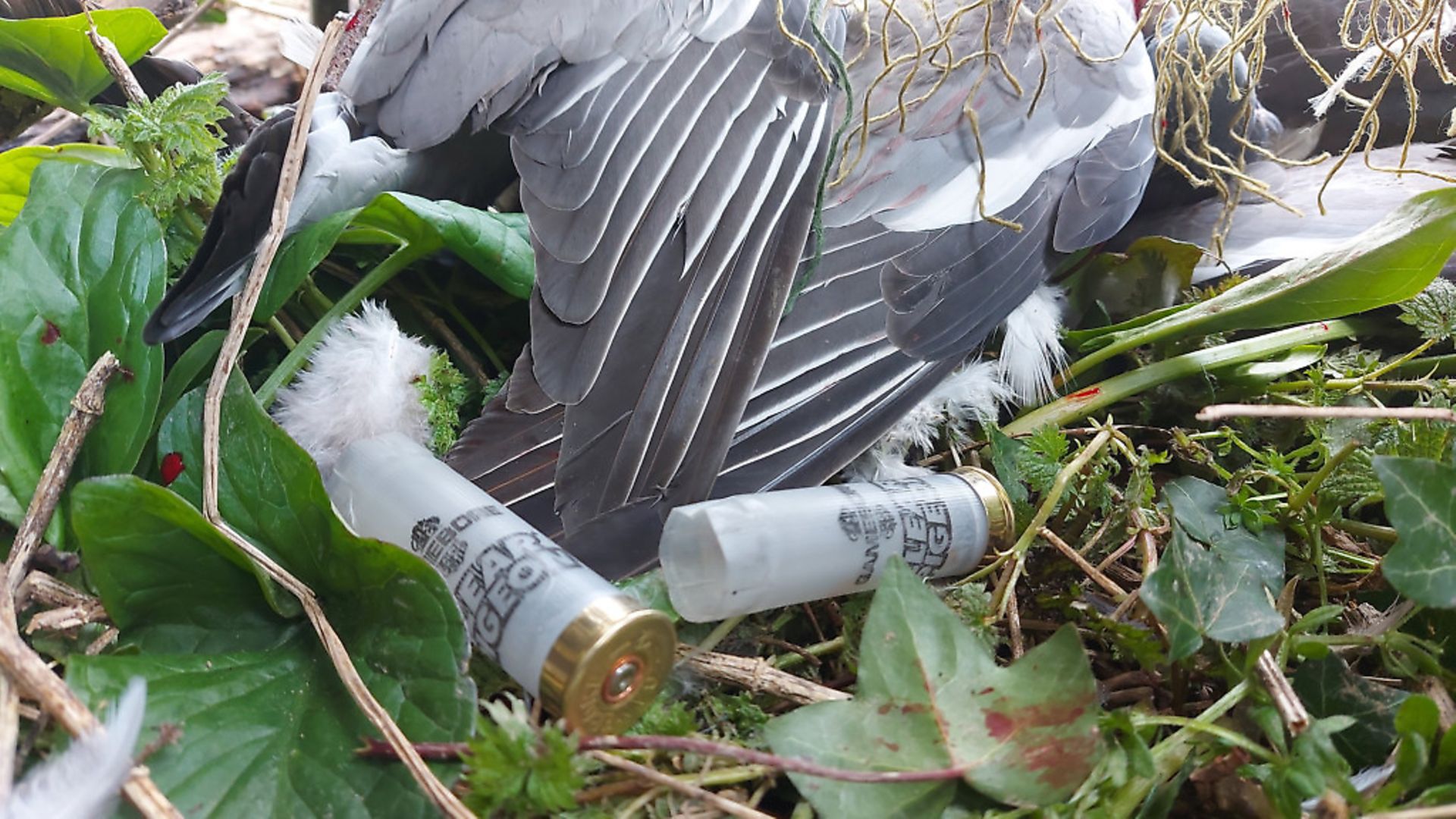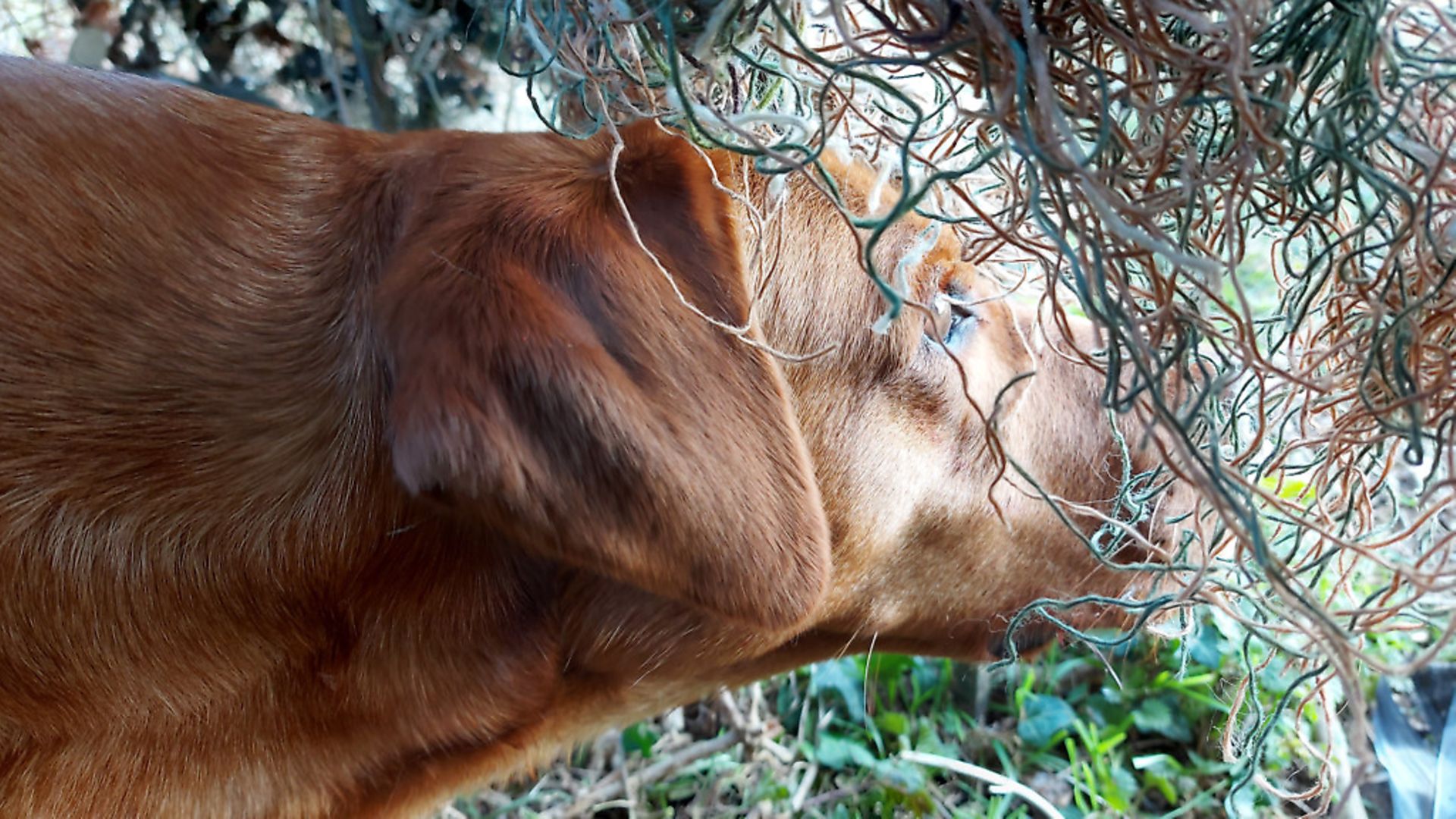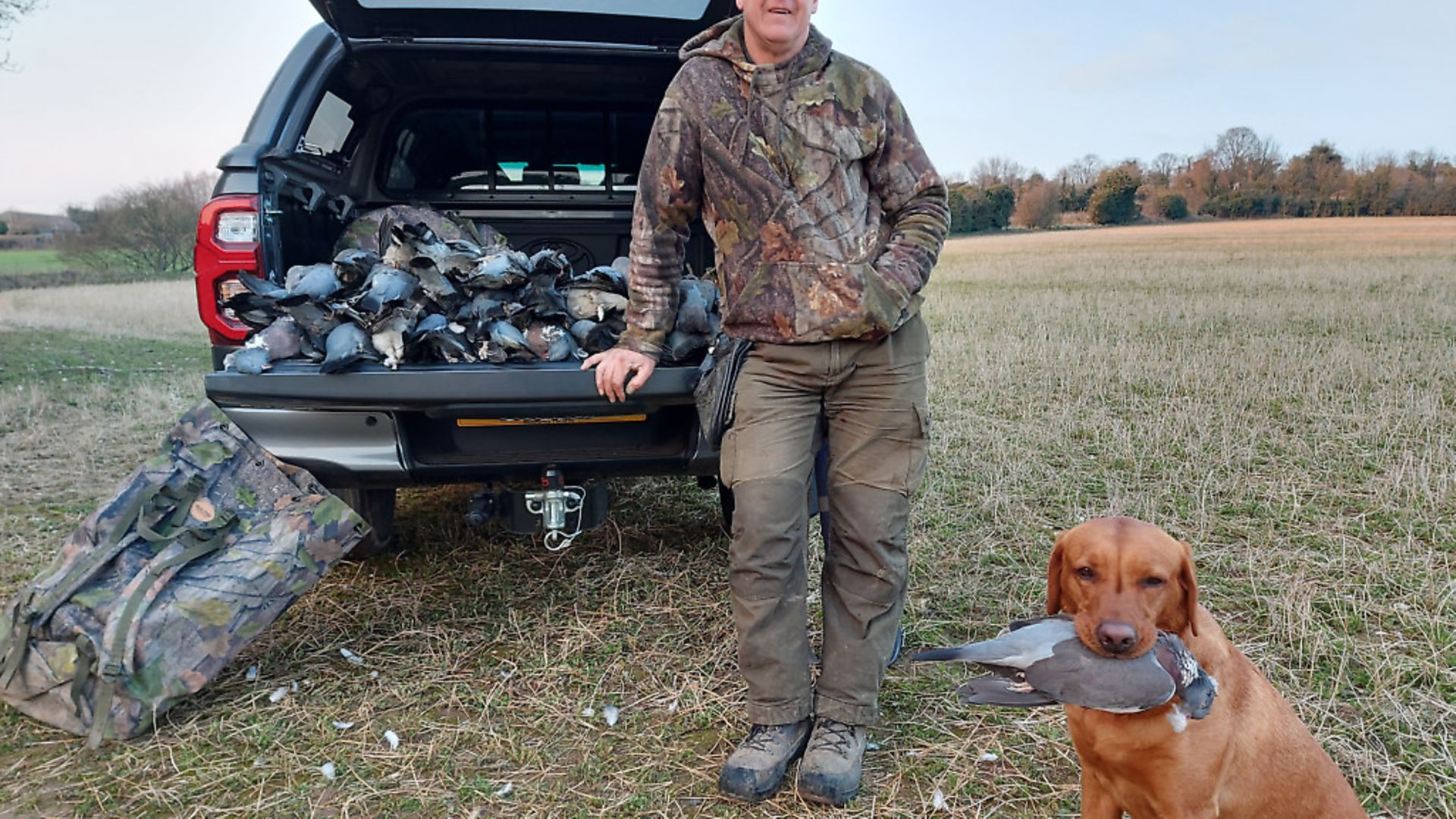News
WATCH: Andy Crow decoying pigeons over lucerne
Would you like to appear on our site? We offer sponsored articles and advertising to put you in front of our readers. Find out more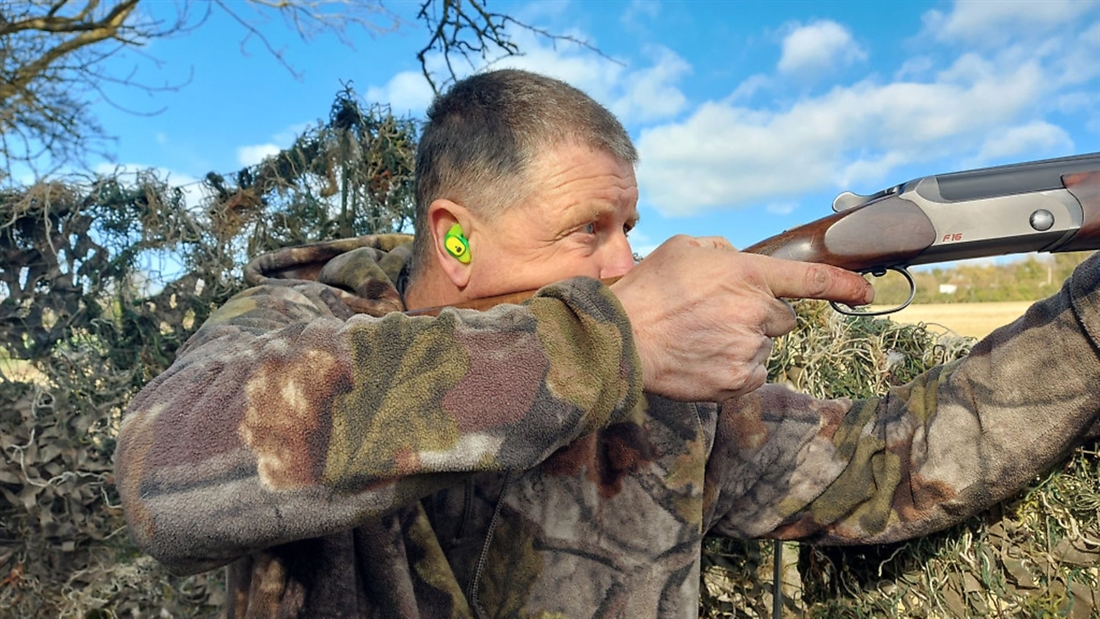
This month, Andy Crow constructs a brilliant set-up to decoy the pigeons that have been chowing down on the Lucerne shoots
As we head into spring, the days begin to lengthen, the chill in the air loses its bite, and the farmers can start getting their crops into the ground. Over in Kent, at one of the farms Andy does crop protection on, the fresh shoots of lucerne have emerged from the soil in all of their bright green, juicy glory… which hasn’t gone unnoticed by the area’s pigeon population.
“The damage isn’t so bad over here,” says Andy, gesturing at the floor as we begin to load up with bags of decoys, cartridges, batteries and nets. “But at the other end of this field they’ve absolutely hammered it.”
Sure enough, when we finally reach the other end – with Andy practically skipping along while I’m close to collapse – the damage to the lucerne is clear as day. The systematic destruction these seemingly harmless little birds can cause when they are found in any kind of numbers never ceases to amaze me.
The plan today is simple – shoot pigeons, protect lucerne. Choosing where to set up proves more of a conundrum. Andy is torn between a bush about three-quarters of the way down the hedge that divides this field from the next, and a small clump of woodland at the bottom, right where the majority of the damage is. After hanging around watching the skies for a while, he chooses the latter. We’ve spotted at least five birds taking a flight line straight towards the woodland, and he knows they also like to come and sit in the trees here. On top of that, he’s seen them feeding around this spot. Mind made up, it’s time to unload the pack donkey (me) and set about making the hide and laying out the decoys.
The hide is tucked into the base of the woodland, which provides amazing camouflage on all three sides and, where the branches overhang, from above. We’re right on the corner, which protrudes very slightly into the field, giving him a lovely wide arc of fire into the vast expanse of lucerne in front, and the opportunity to shoot anything and everything that shows an interest.
Andy has a mixture of shot birds from a woodland escapade the previous evening, and Sillosocks decoys to pad the pattern out and provide some gentle movement. The shot birds are resting on homemade cradles, or propped up on the hazel sticks that Andy cut and sharpened earlier. He sets them all out directly in front of the hide. On the far right is a whirlie, with another on the far left; the idea is that these will catch the attention of any birds leaving the woods or passing over the neighbouring field, drawing them around and straight into the pattern.
We tuck into the hide, placing Rosa the Lab between us to remind us of the two-metre rule, and wait with baited breath.
Andy is muttering that he’s pretty sure he’s made the wrong choice, while I’m relentlessly adamant that it’s going to be fine… I have a good feeling about today, and the stock doves are certainly showing an interest. Sure enough, within 30 minutes the action starts. And it doesn’t stop! Half an hour later and we’ve got a bag of 20 birds. It’s a great start.
Crow nips out of the hide to add some of the newly shot birds to the pattern. He places them on their bellies and props their heads up on sticks, spreading the wings out on the ground. Back into the hide he hops, visibly excited to carry on bagging birds at the same pace. But after a long wait, it seems like they’ve all buggered off to some party we weren’t invited to. We wait and wait, and a few unlucky passers-by make it into the bag, but it’s nothing like the sort of action we were anticipating after the bumper start.
We were expecting them to come in for their afternoon feed at about 1 o’clock, but an hour later it’s still so horribly quiet that we’re considering calling it a day. “We’ll give it ‘til three,” says Andy. “If they haven’t come in for the feed by then they probably won’t.”
Three o’clock comes and goes, but we’re reluctant to go. Is it blind optimism, bloody mindedness, or the fact that the sun suddenly makes an appearance, warming us up and bathing the scene before us in golden light? Stock doves are suddenly all around again, swooping into the pattern and raising two fingers at us. But all is not lost. I’m quickly learning that where stock doves go, pigeons often follow…
Boom! Like a light turning on, they’re back with a vengeance. For the next hour and a half we see some great shooting, and the pigeons are decoying like an absolute dream. The set-up has worked exactly as planned, with birds dropping in from the front and looping in from both sides after passing the woods behind. Eventually, it slows down, and as the early evening chill begins to creep back into our bones, Andy unloads his gun for the final time and we head out to clear up.
The final bag is around 60 pigeons. Andy is happy; the crop is safe, and we saw some awesome action in the process. If today has taught us one thing, it’s that even with Andy’s years of experience, woodpigeons are tricky buggers, and it’s often worth sticking around a little longer if they don’t appear when you expect them to.
Their movements and habits are hard to predict, and what works one day could fail the next… or vice versa. For the last few days, these pigeons had been dropping in for their afternoon feed two hours earlier than they did today, and had we packed up when we’d originally planned to, the final bag would have been literally half the size. Although the lucerne wasn’t on the lunch menu today, it’s probably earmarked for the pigeon special tomorrow. Andy will return to the same field over the next few weeks to ensure this crop has the best chance of flourishing.
TUNE IN NEXT TIME: Next time, we have a proper bumper day shooting pigeons over peas and rape… tune in on Shooting & Country TV!
Related articles
Manage Consent
To provide the best experiences, we use technologies like cookies to store and/or access device information. Consenting to these technologies will allow us to process data such as browsing behavior or unique IDs on this site. Not consenting or withdrawing consent, may adversely affect certain features and functions.
Functional Always active
The technical storage or access is strictly necessary for the legitimate purpose of enabling the use of a specific service explicitly requested by the subscriber or user, or for the sole purpose of carrying out the transmission of a communication over an electronic communications network.
Preferences
The technical storage or access is necessary for the legitimate purpose of storing preferences that are not requested by the subscriber or user.
Statistics
The technical storage or access that is used exclusively for statistical purposes.
The technical storage or access that is used exclusively for anonymous statistical purposes. Without a subpoena, voluntary compliance on the part of your Internet Service Provider, or additional records from a third party, information stored or retrieved for this purpose alone cannot usually be used to identify you.
Marketing
The technical storage or access is required to create user profiles to send advertising, or to track the user on a website or across several websites for similar marketing purposes.

